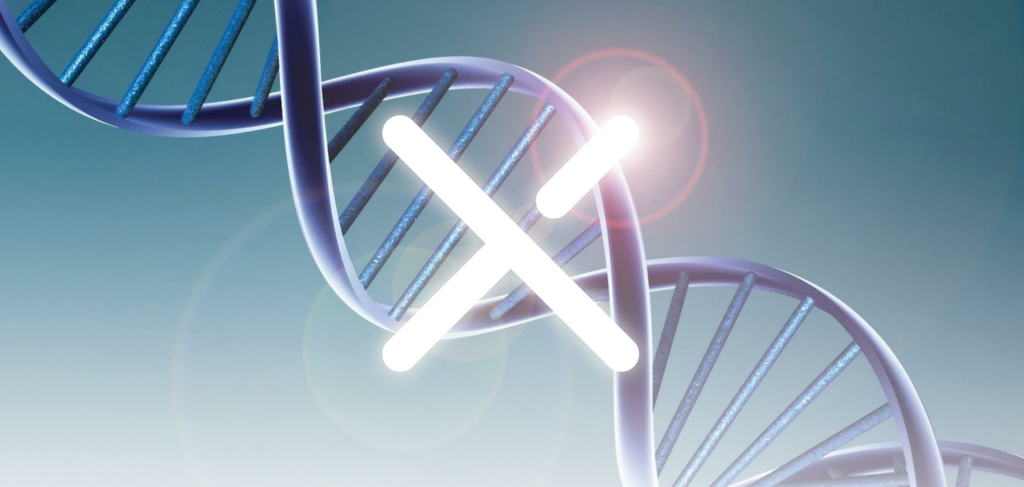The 10th International Symposium on DNA-Encoded Chemical Libraries

Earlier this month I had the pleasure of attending the 10th International Symposium on DNA-Encoded Chemical Libraries (informally referred to as the “DEL Symposium”) at the Broad Institute. Hats off to the organizers for putting together a fantastic agenda, because the conference was an amazing experience. The scale of the DEL enterprise, the amazing people working in this field and the level of innovation and creativity in DEL were astounding and gratifying. I’m as convinced as ever that DEL technology will play a key role in accelerating the development of new drugs.
It is clear that most pharmas now view DEL as an integral part of their hit identification strategy. A lot of great work has been done to streamline the DEL workflow and reduce inefficiencies. Particularly gratifying were talks by Westley Tear from GSK, Pei-Pei Kung from Janssen and Emma Rivers from AstraZeneca. All three showed discovery of unique chemical matter from DEL screens, enabling optimization campaigns to arrive at highly active compounds with differentiated modes of action and selectivity. Similarly, Damian Young from Baylor College of Medicine shared his group’s discovery of several families of inhibitors of the SARS-CoV-2 MPro protease. As a library chemist at heart, I always get a thrill from tracing the roots of bioactive compounds back to the schemes, reactions and building blocks they arose from. Great job to these teams for showing successful applications of DEL.
It was very exciting to see all the amazing people, both old friends and new faces, who have embraced this field and contributed to its development. My old colleagues from the Praecis/GSK days were, of course, well represented. Many have gone on to play key roles in a number of DEL providers and biopharmas. But also, a new generation of scientists is making key contributions. The poster sessions revealed a cohort of young scientists working at the very edge of DEL, embracing functional approaches, new chemistries and AI.
Speaking of new chemistries, I found the talks about cyclopropanation (Matthieu Richter, Novartis), micellar approaches (Mike Waring, Newcastle U.) and heterocycles (Xiaojie Lu, SIMM) to be wonderful examples of the importance of new reaction development in DEL technology. Similarly, new frontiers in selection science were explored using whole cells (Nils Hansen, Vipergen) and proximity-based approaches (Casey Krusemark, Purdue). Lastly, I’m sure all attendees were impressed by the presentation by Tim Panosian (Enko), who showed the power of DEL to tackle challenges in agriculture, an area which was new to many of us.
The keynote address was given by Stuart Schreiber, who described the history and emerging importance of molecular glues. I emphatically agree with his prediction that glue discovery will be a key application of DEL in the near future. We should see several talks on this topic next year in Zurich!
In summary, it was a great two days of good science and good people. It’s such a pleasure to be in a field with so many friendly and creative folks. Looking forward to the next one!
The Importance of Selecting the Right CRO Partners for Drug Discovery Success
When it comes to drug discovery and development, having the right team and partners is critical for success. For a...
AI-Powered Building Blocks “ReadiBLOX” for DEL Synthesis
Drug Hunter recently wrote the article “Decoding DNA-Encoded Libraries for Drug Discovery.” Over the past two decades, DEL technology has...